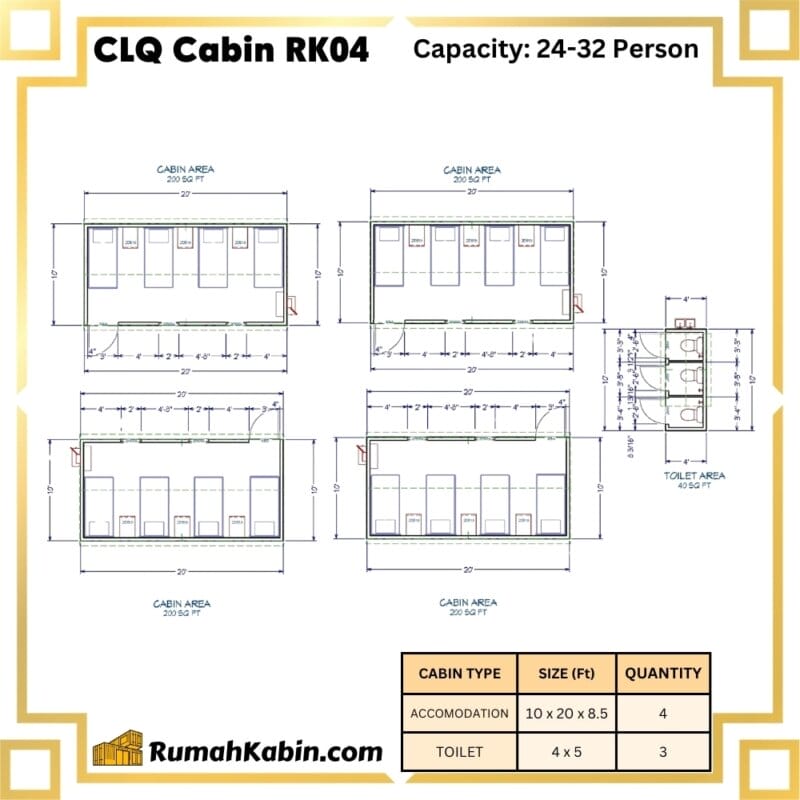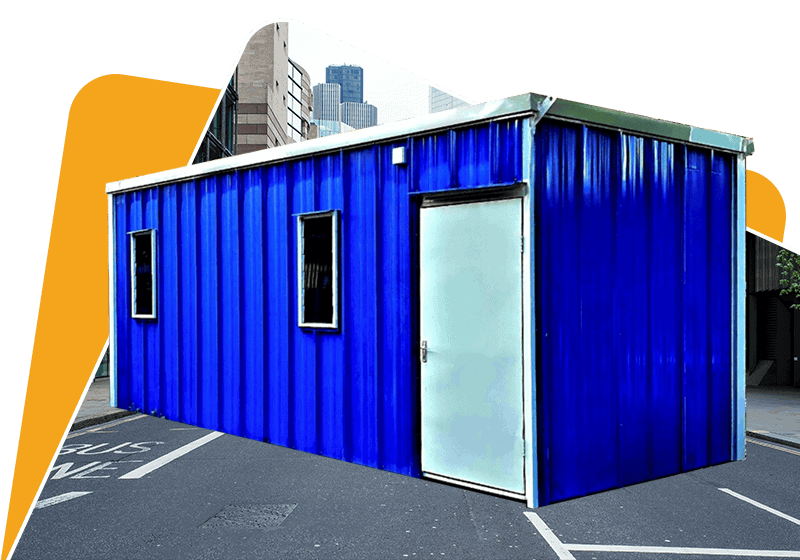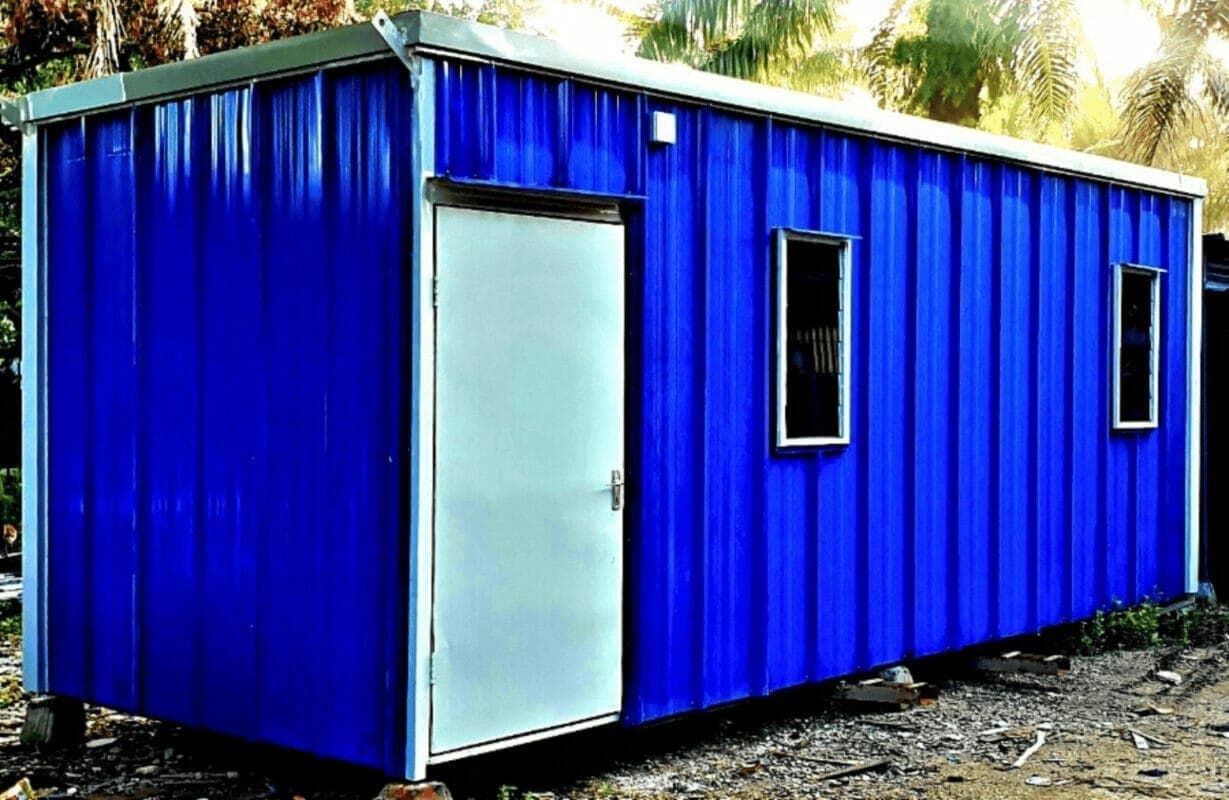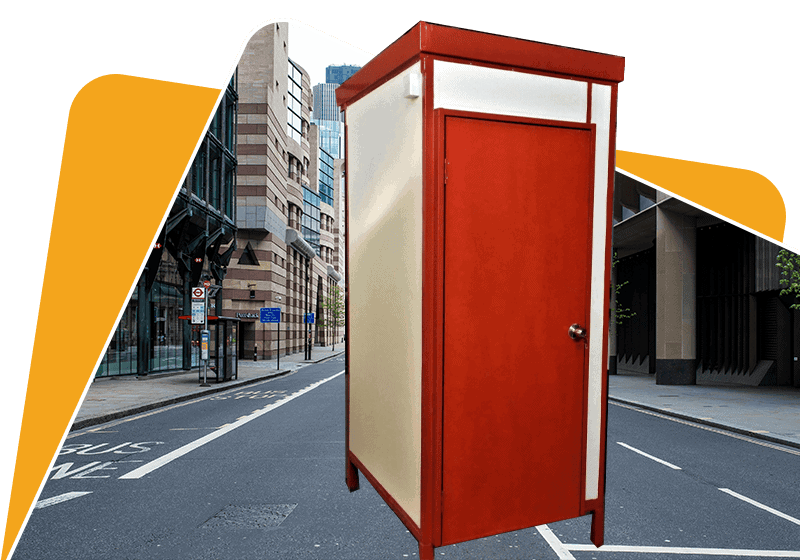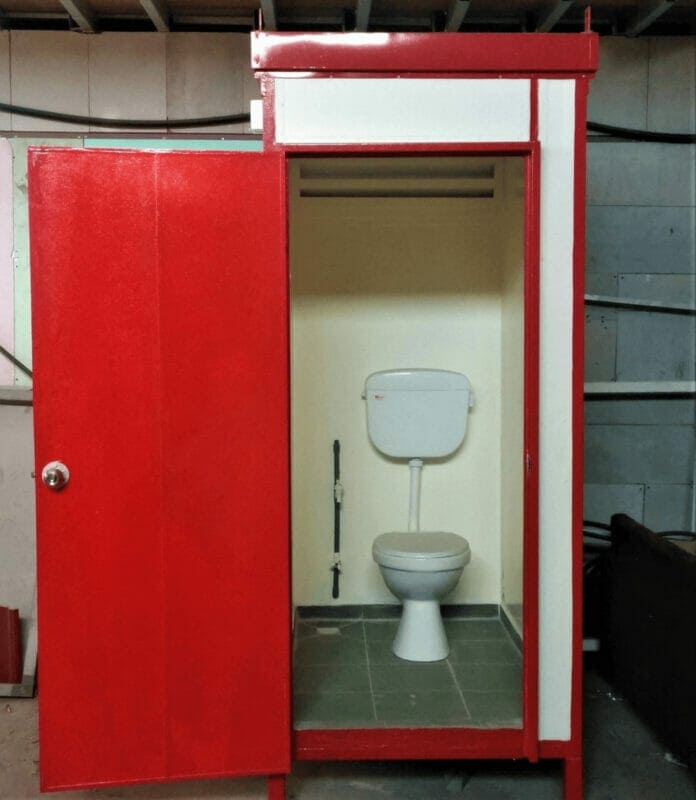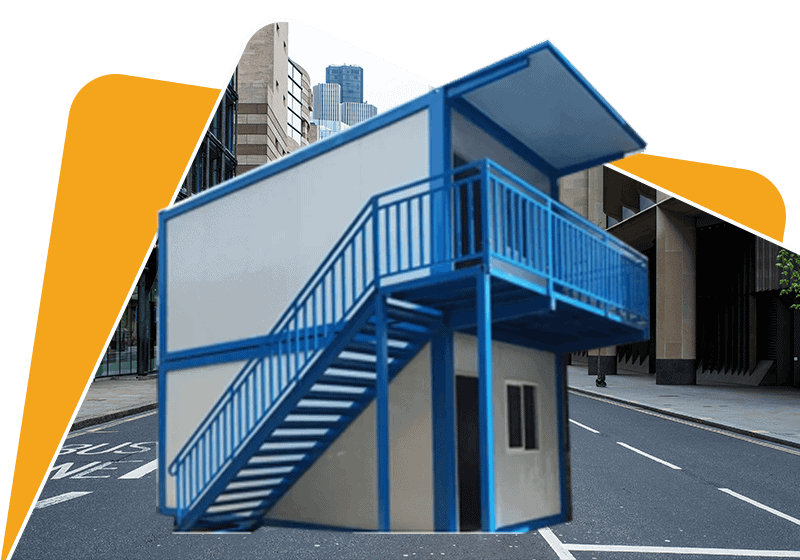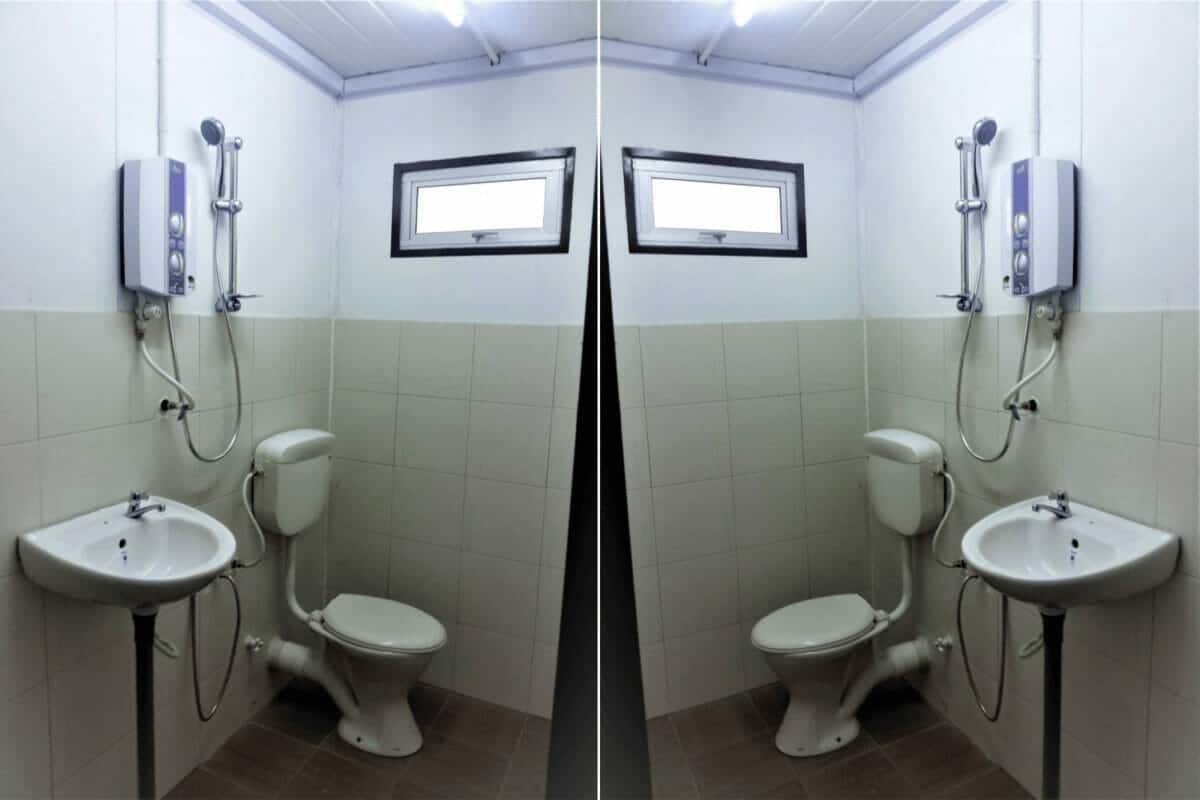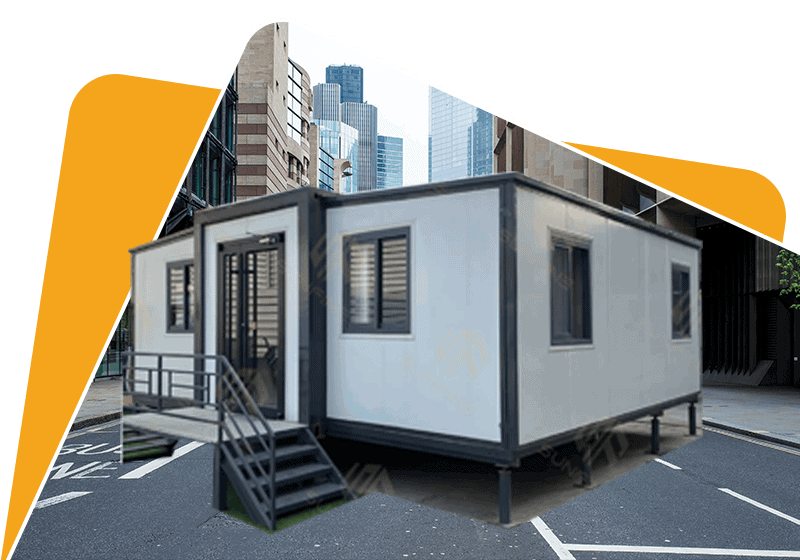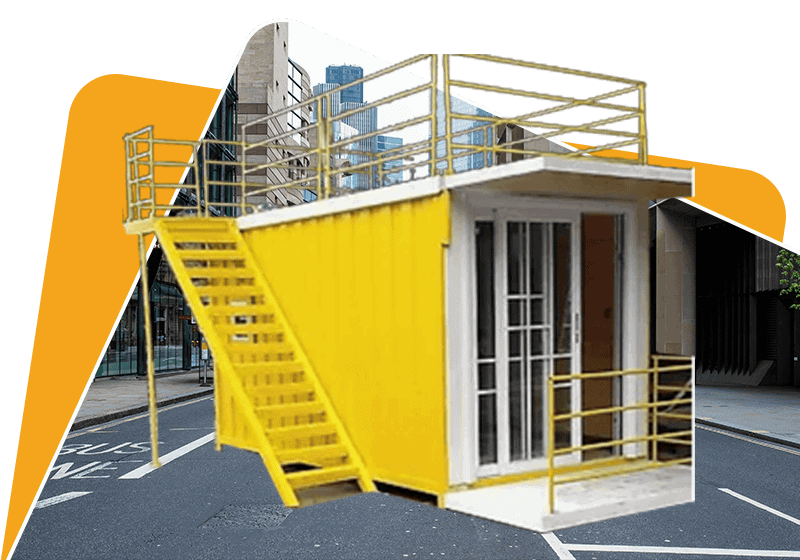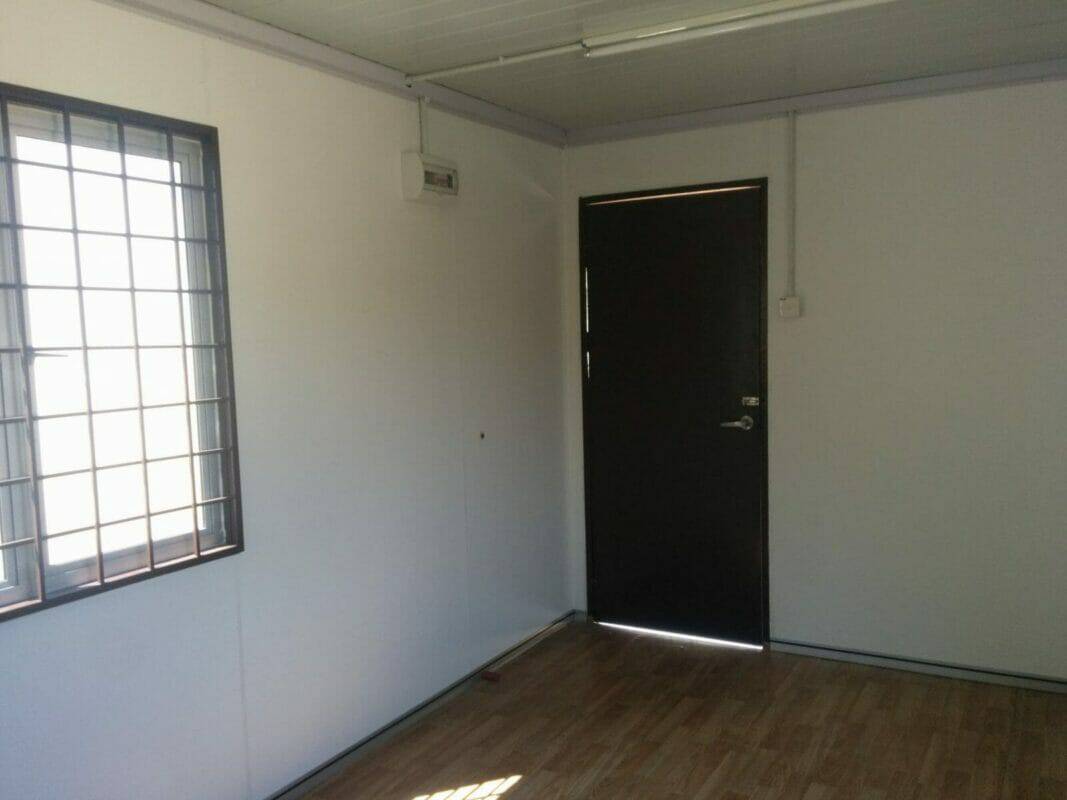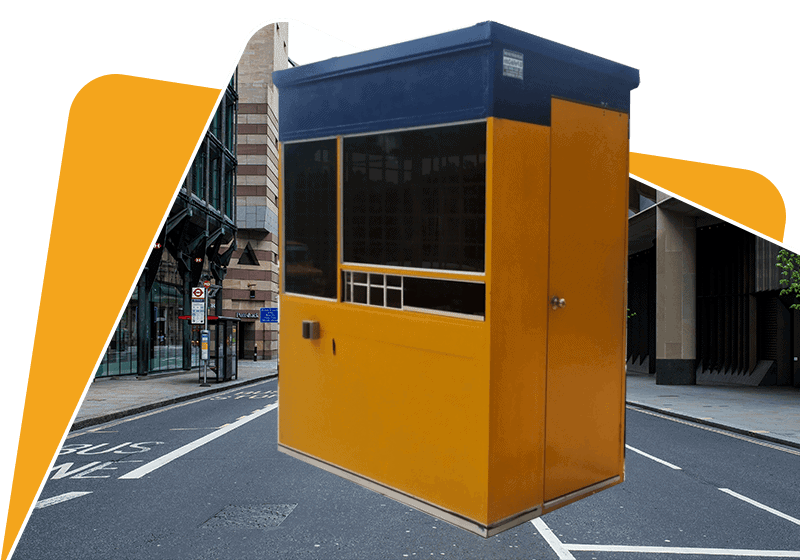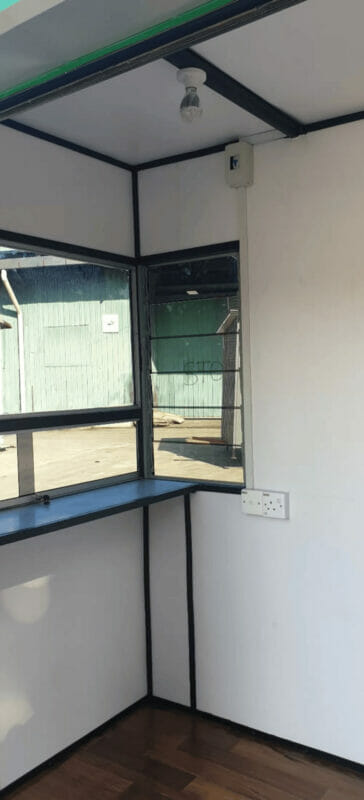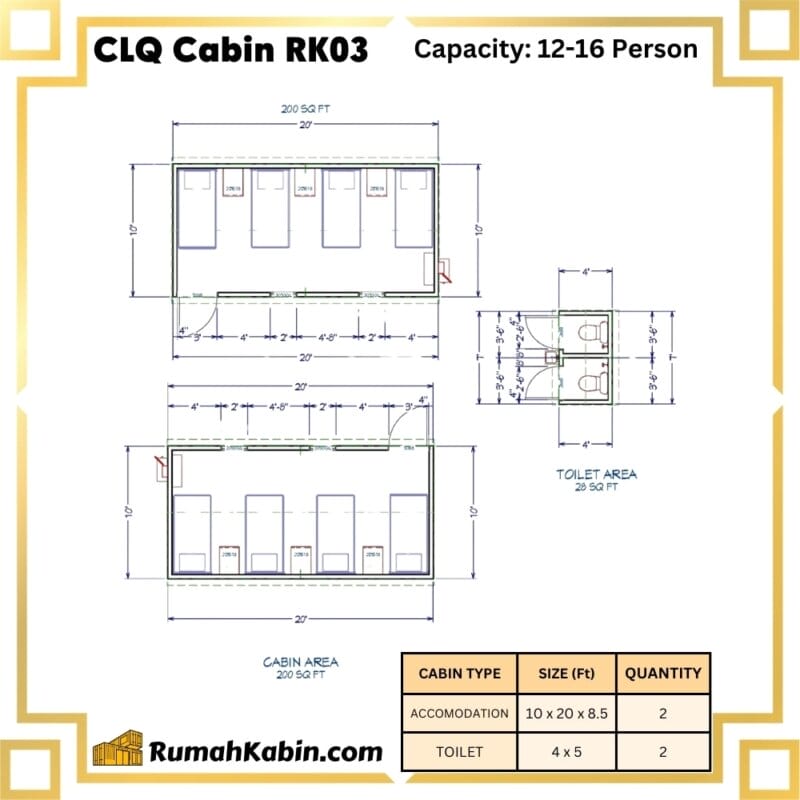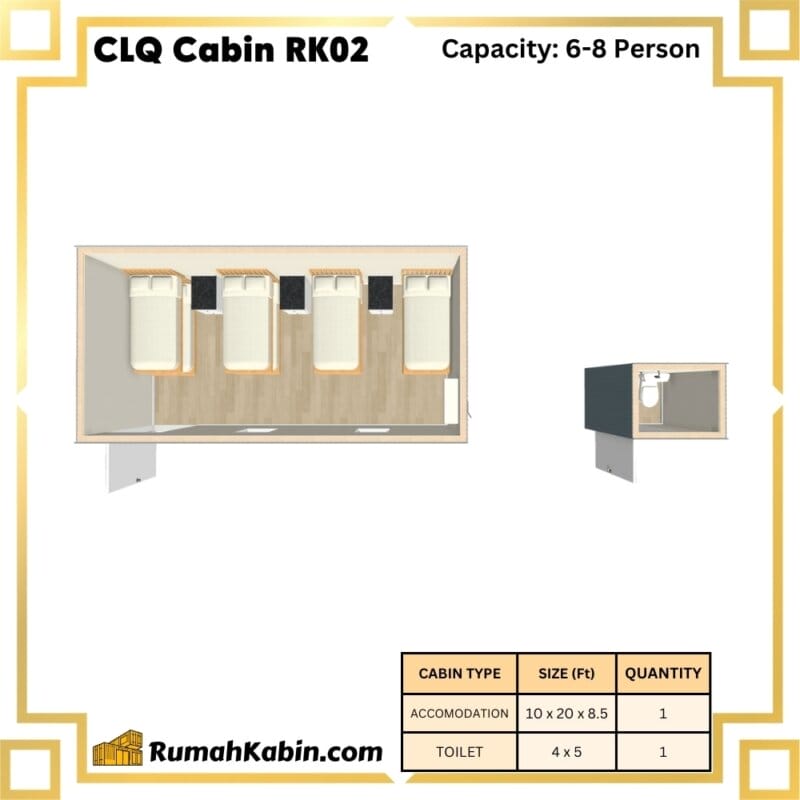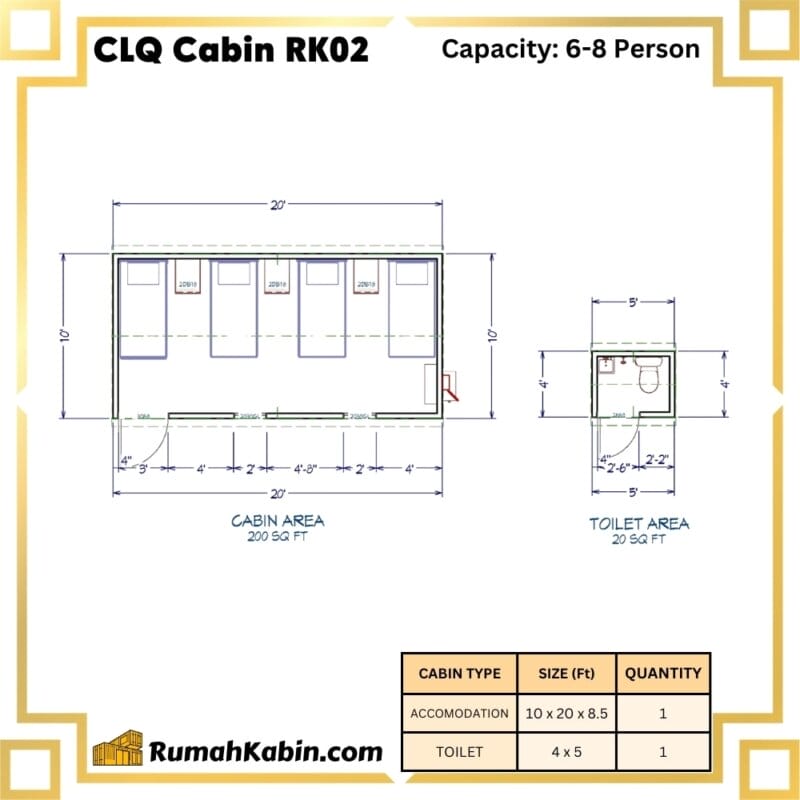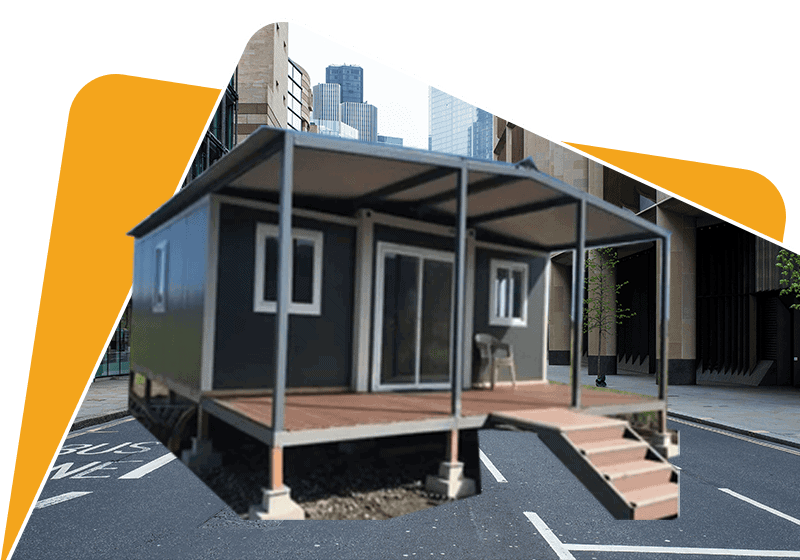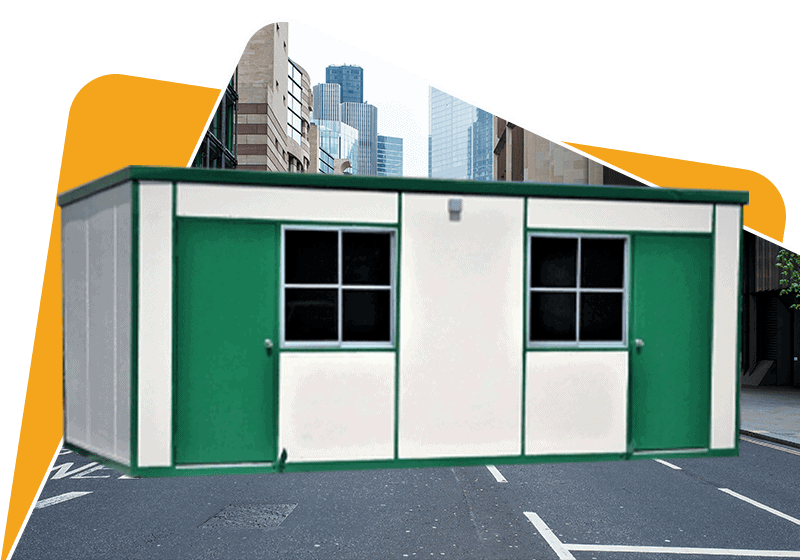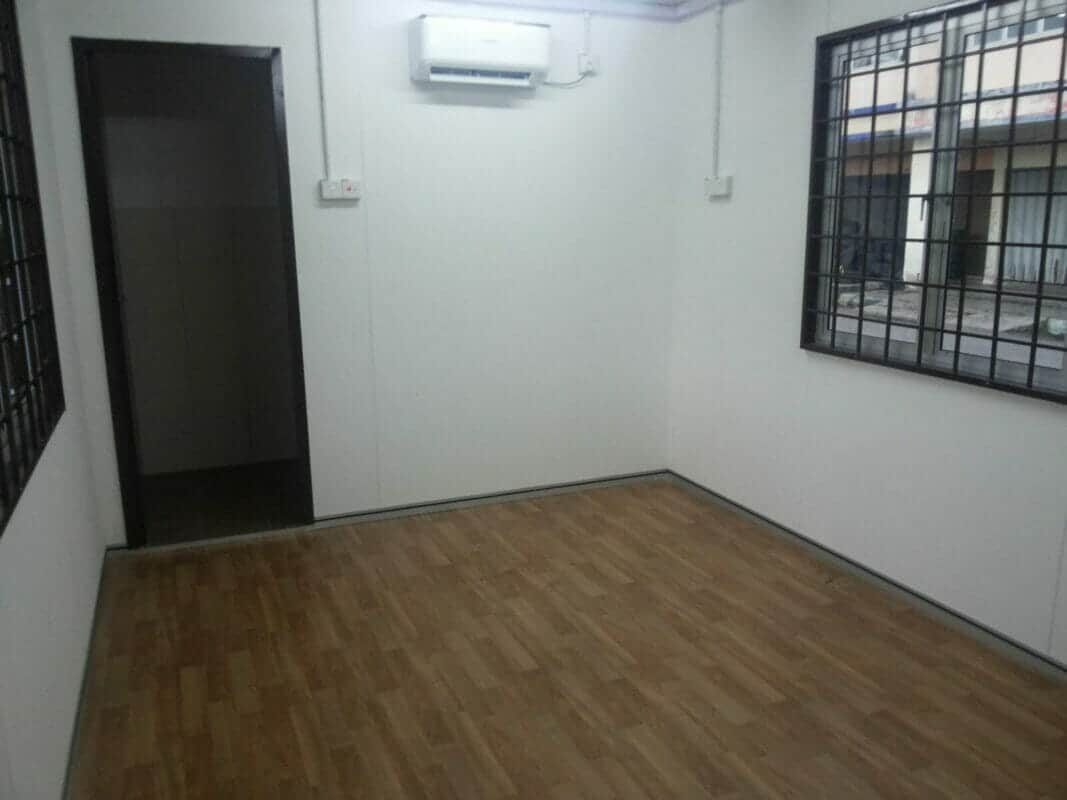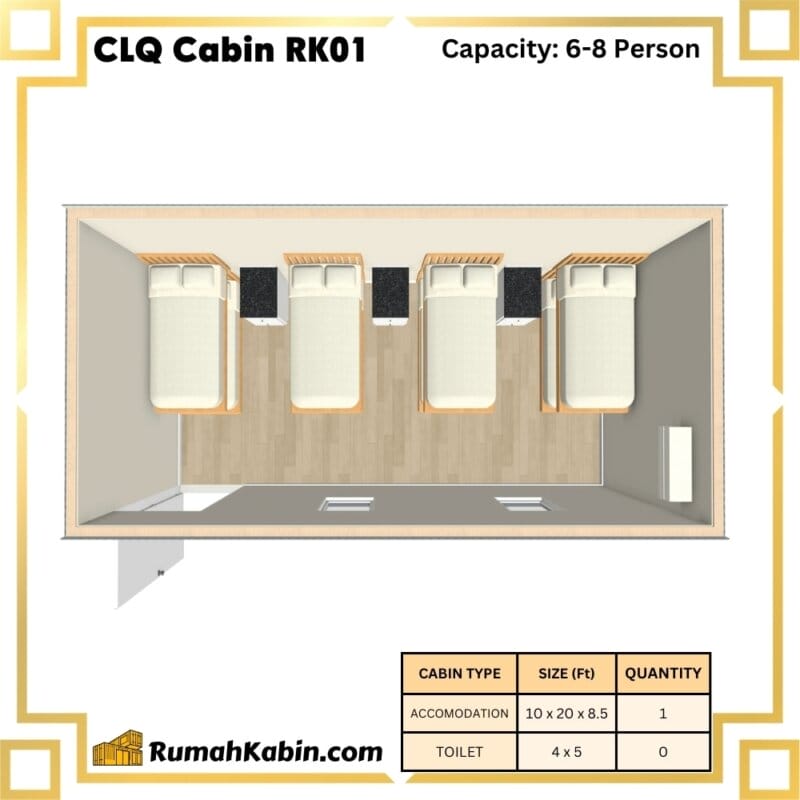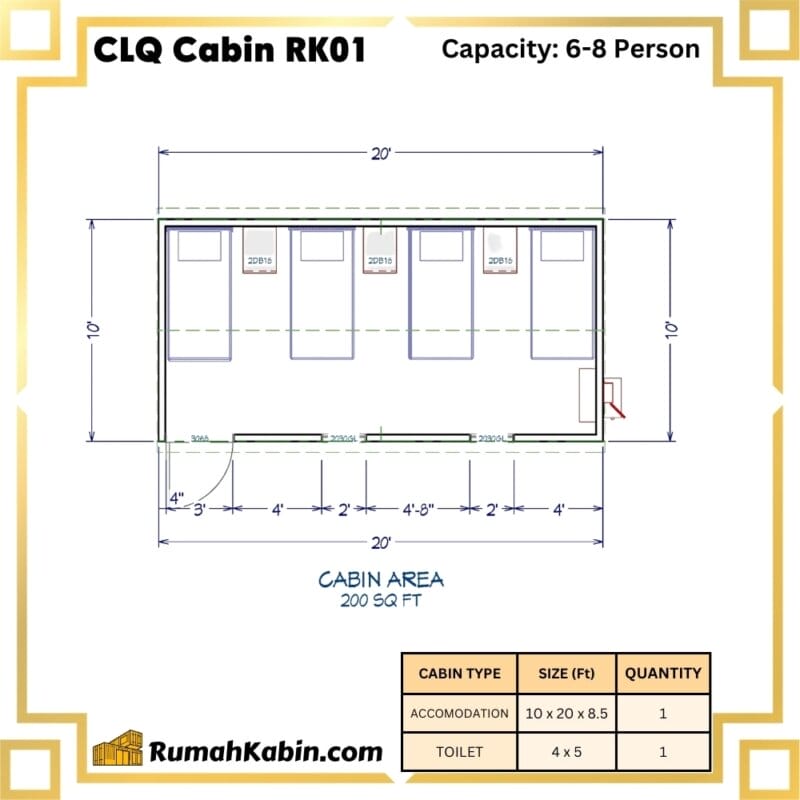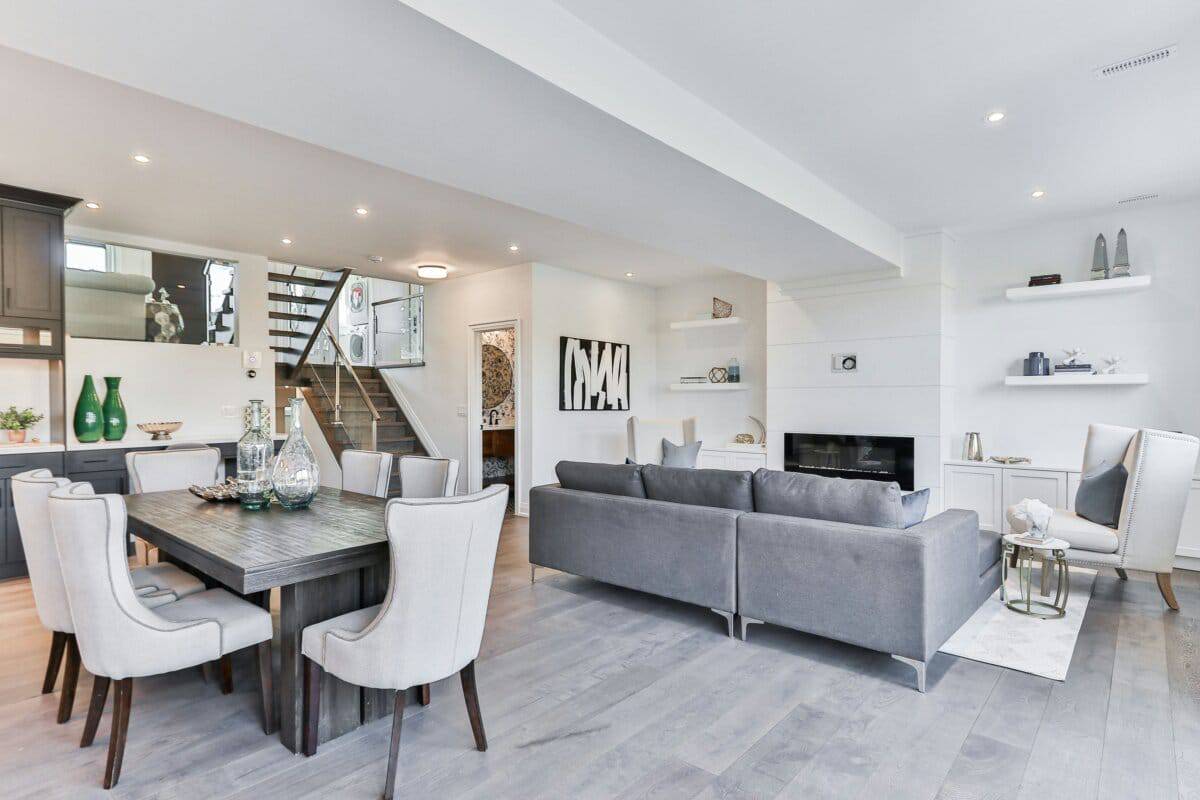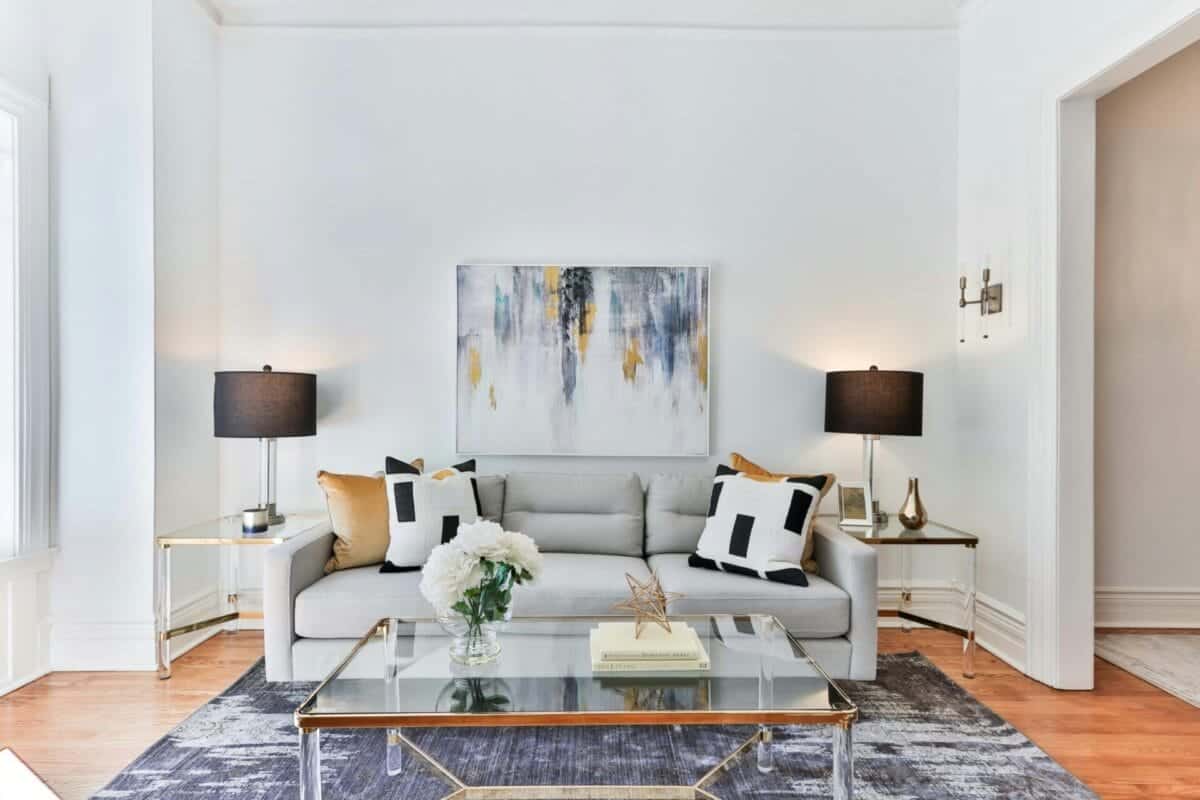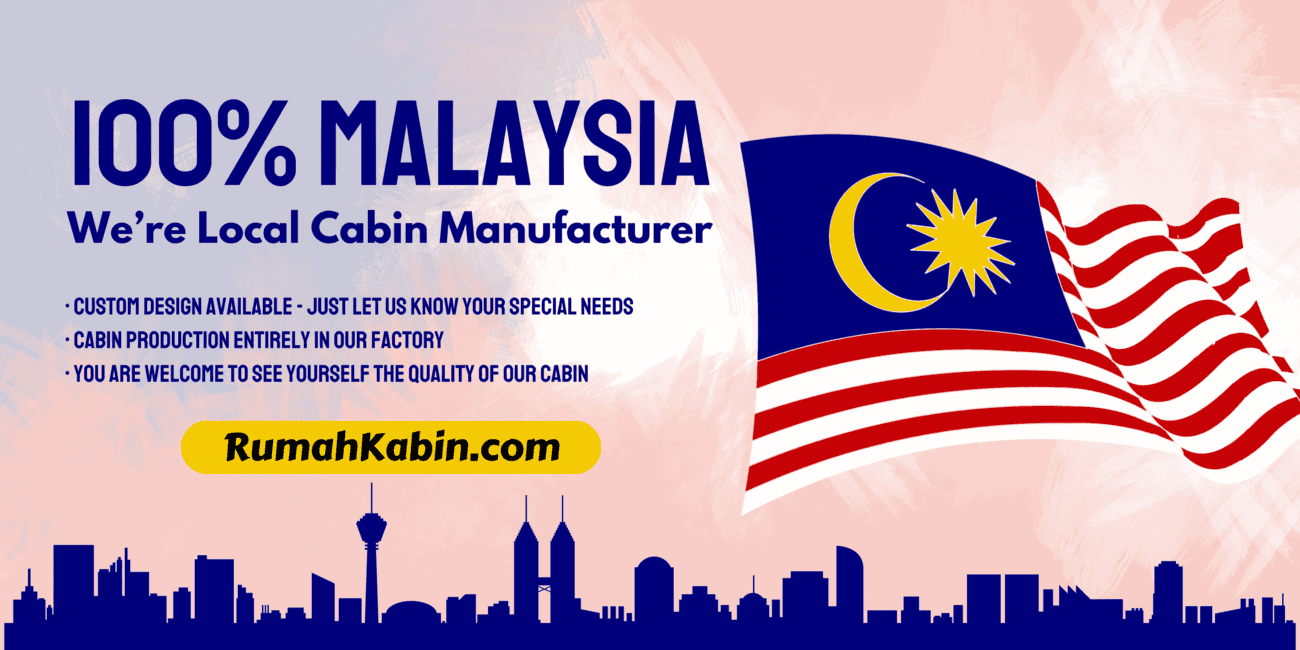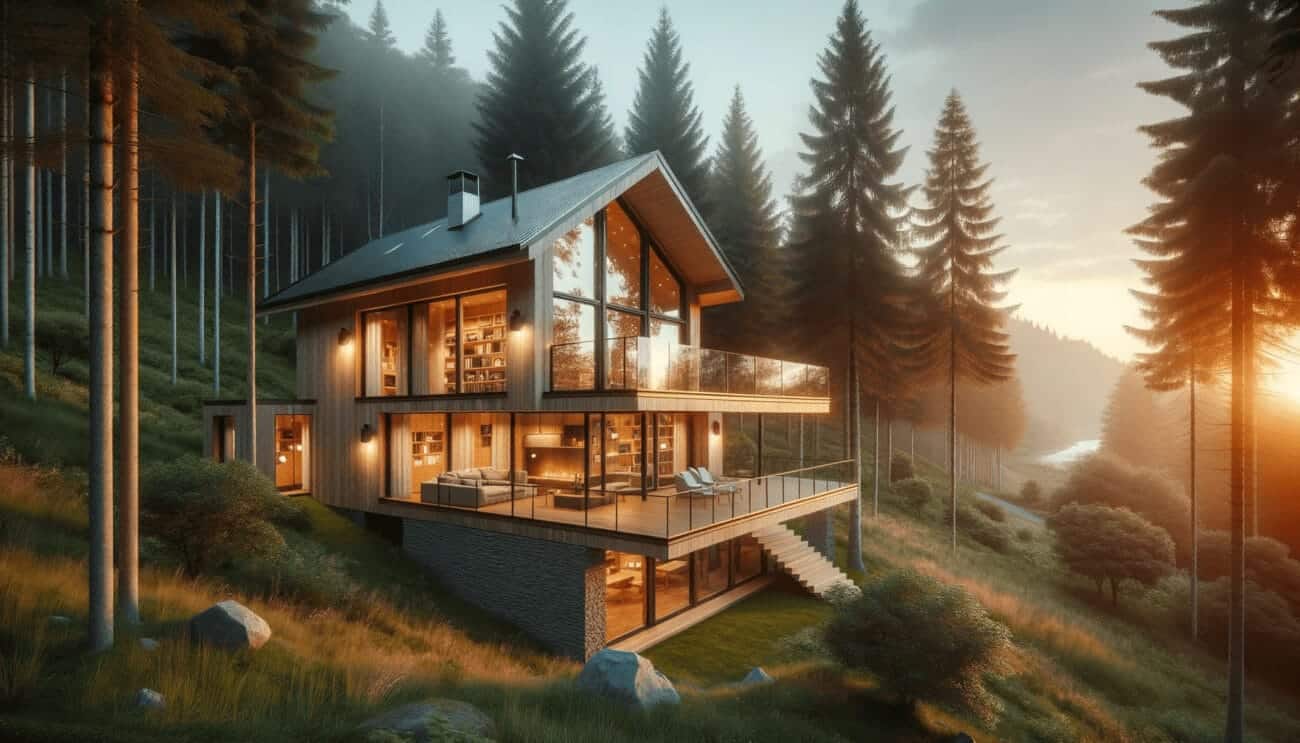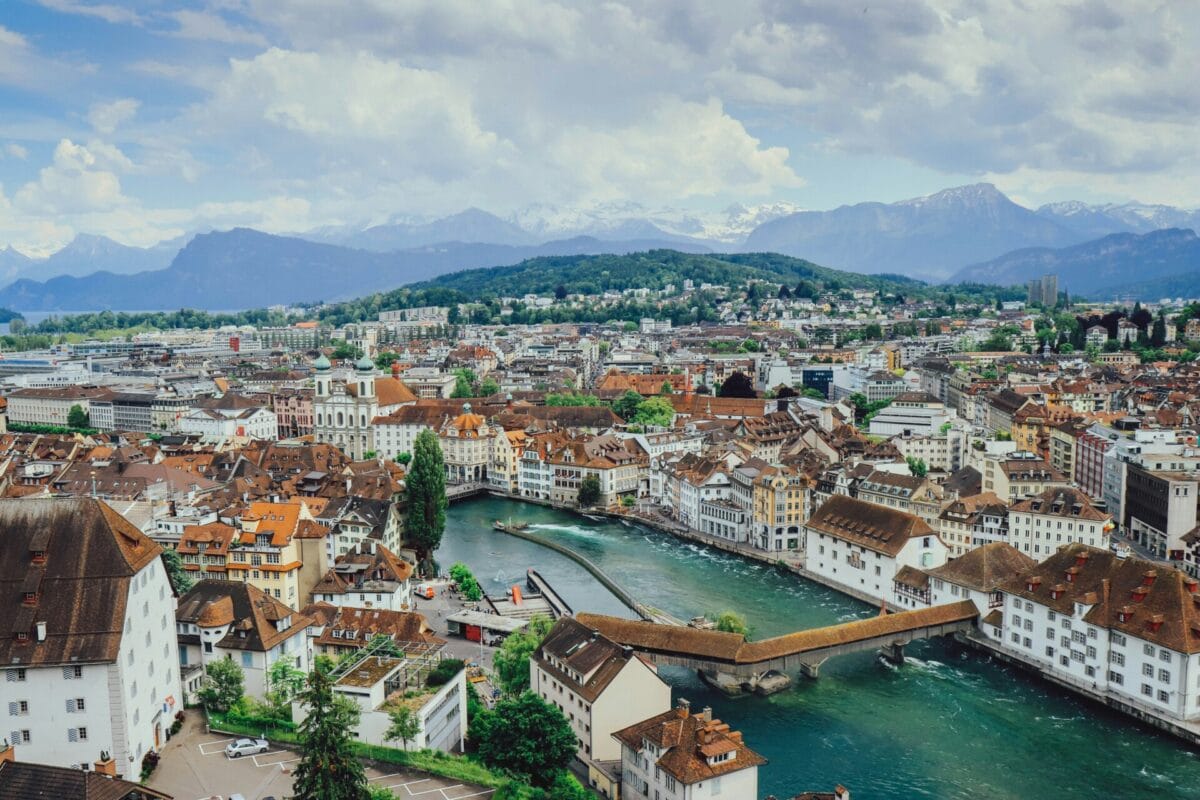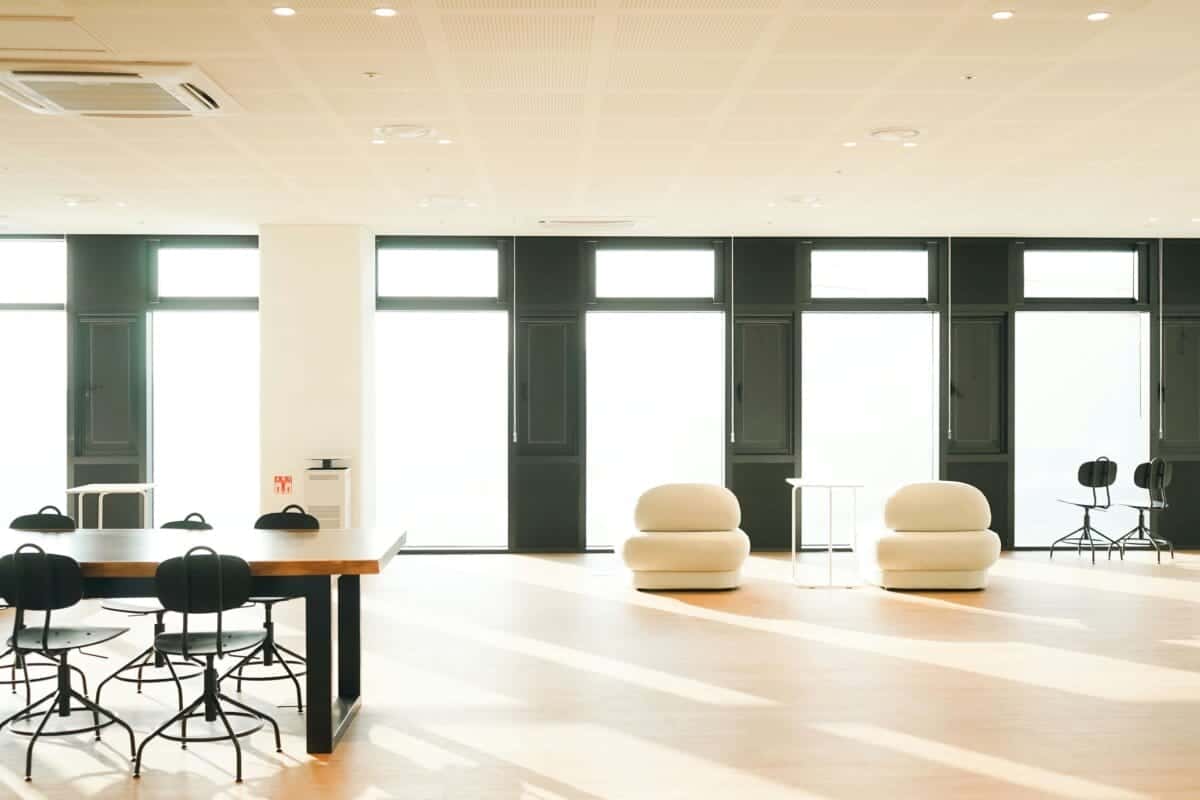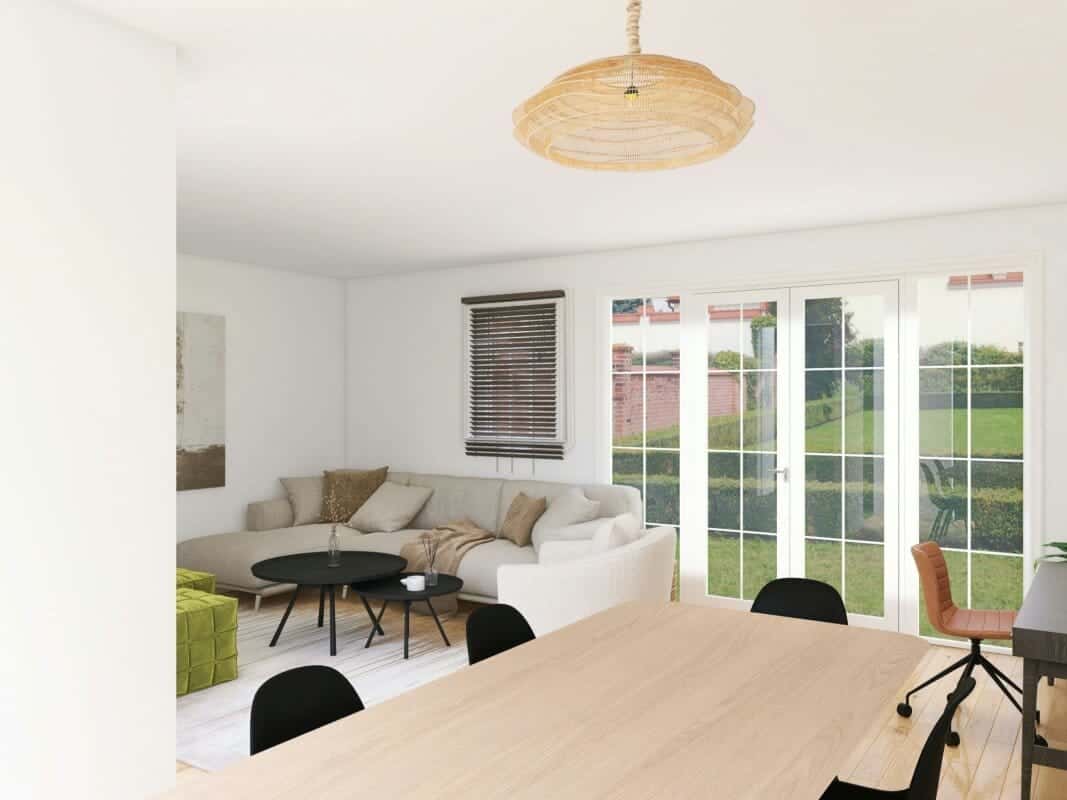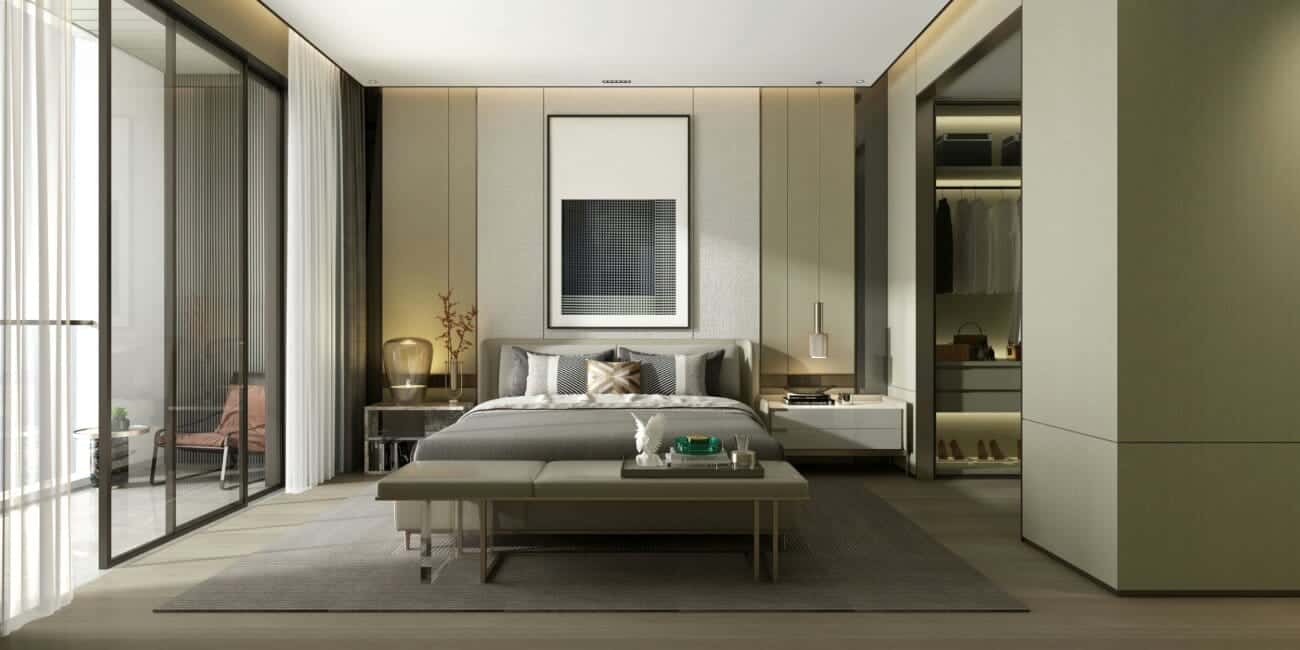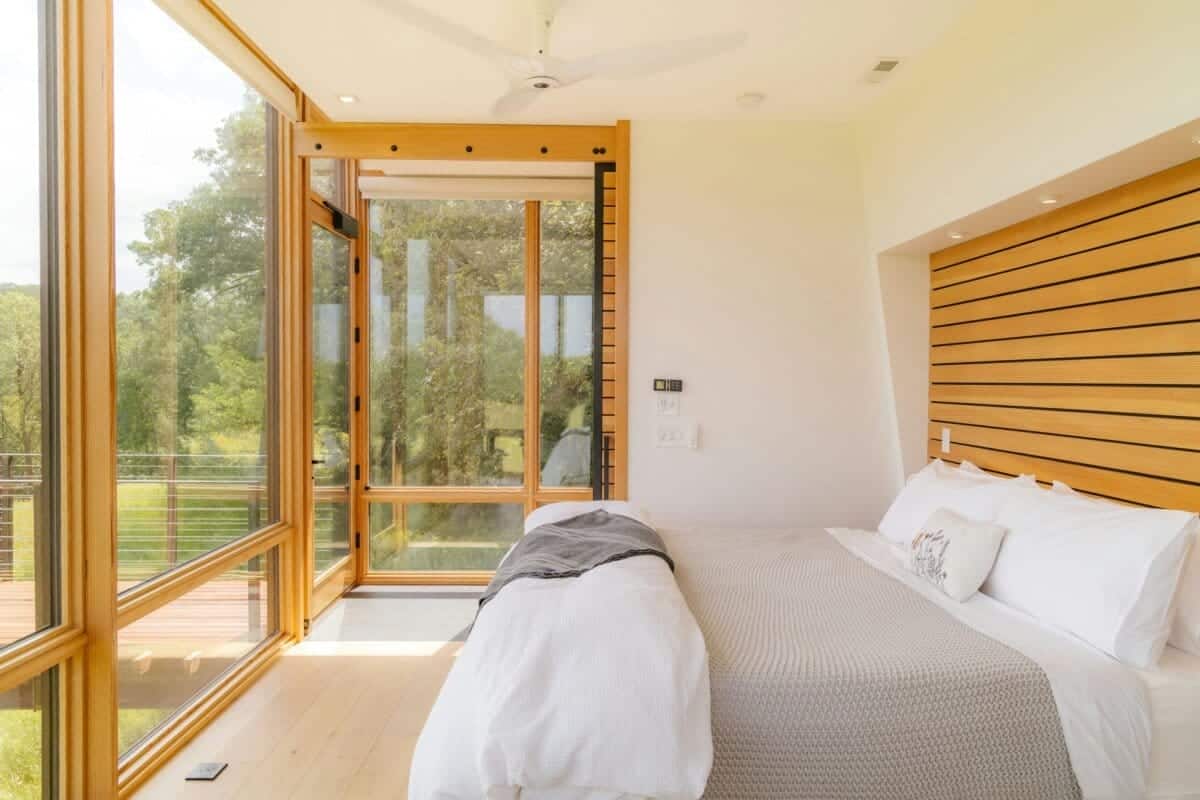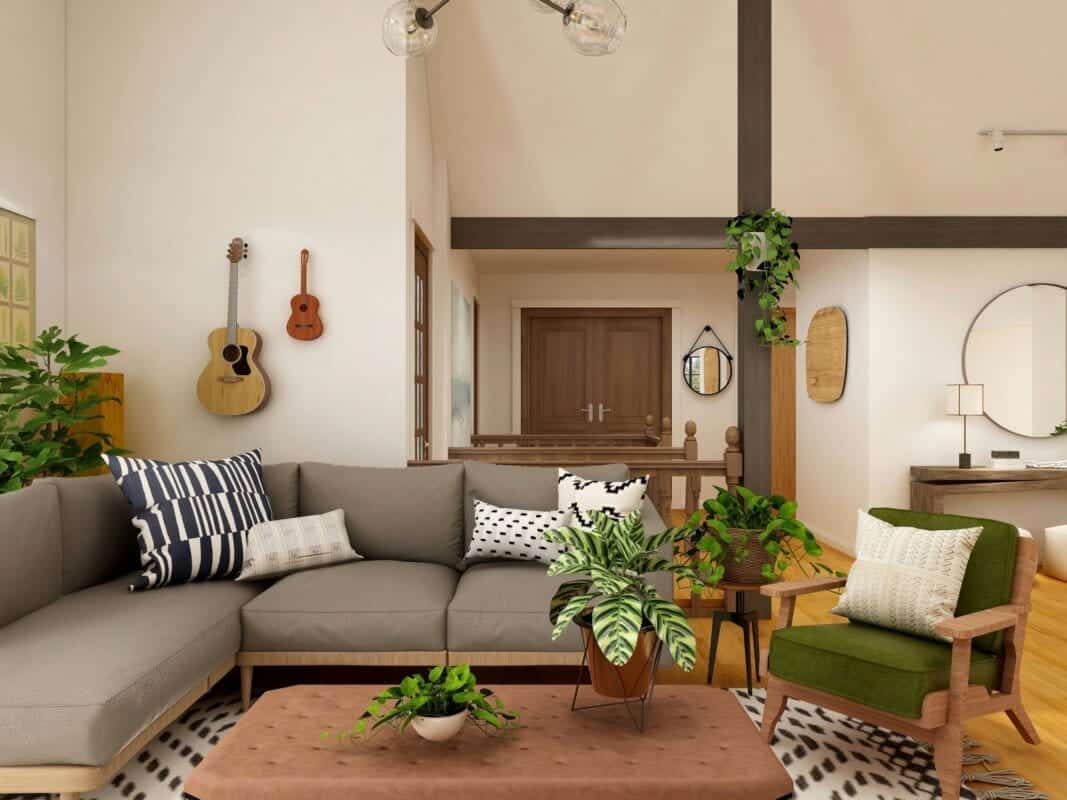
Blog
Different Types of Prefab Homes Available in Malaysia
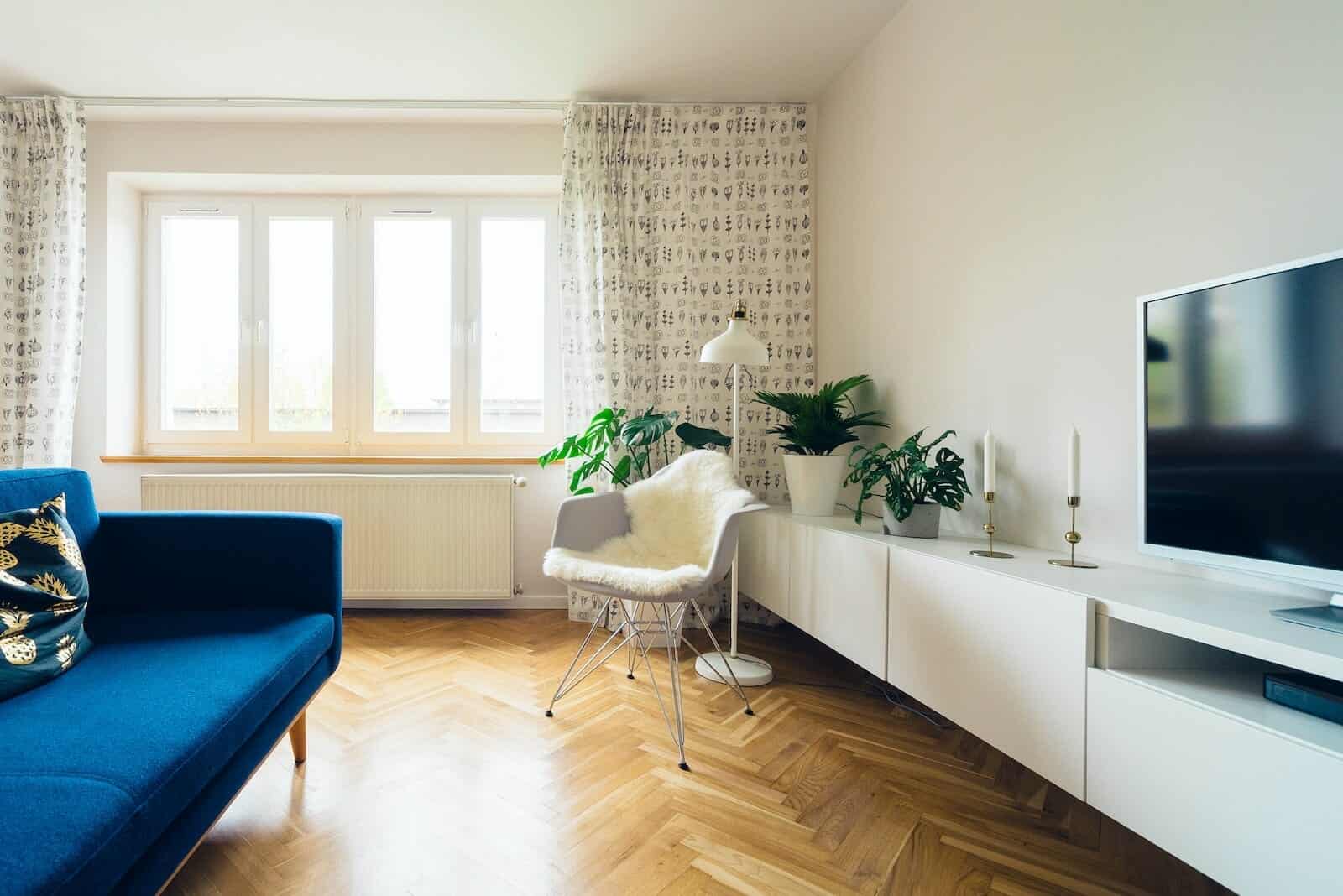
Different Types of Prefab Homes Available in Malaysia
- What are the main types of prefab homes available in Malaysia?
- What are the advantages of choosing a prefab home in Malaysia?
- How much does a prefab home cost compared to traditional construction in Malaysia?
- What are the differences between modular and panelized prefab homes in Malaysia?
- What customization options are available for prefab homes in Malaysia?
- How long does it take to build a prefab home in Malaysia?
- What are the best prefab home companies or builders in Malaysia?
- What factors should I consider when choosing a prefab home design in Malaysia?
- How do I get financing for a prefab home in Malaysia?
- Are prefab homes in Malaysia durable and of good quality?
What are the main types of prefab homes available in Malaysia?
Prefabricated homes, also known as prefab homes, are factory-built houses that are manufactured off-site and then transported to the building site. There are several main types of prefab homes available in Malaysia:
Modular Homes
Modular homes are constructed from multiple box-like modules or units that are produced in a factory. The modules are transported to the site and joined together to form the complete house. Modular units may include floors, walls, roof, and other components. Modular homes allow for a high degree of customization.
Panelized Homes
Panelized prefab homes are constructed from large wall panels, roof panels, and floor sections that are joined together on-site. The panels are pre-cut and pre-built in a factory then transported to the site. Panelized systems go up faster than building on-site stick by stick.
Hybrid Homes
Hybrid prefab combines modular box units and panelized systems. It offers the customization of modular with the speed of panelization. Hybrids use modular units for kitchens, baths, etc and panelized walls/roofs.
Manufactured Homes
Manufactured homes, also known as mobile homes, are built completely in a factory and then transported fully assembled to the site. These types of prefab homes offer less customization.
Tiny Homes
Tiny homes are small, efficient prefab homes, typically under 500 square feet. They maximize space and minimize cost. Tiny prefab homes can be in the form of modular, panelized, or manufactured units.
Container Homes
Shipping containers are repurposed into Container homes or offices. Containers can be used as modular units or supplemented with panels and other materials.
In summary, the most common types of prefab in Malaysia include modular, panelized, hybrid, manufactured, tiny, and container homes, offering different levels of customization, speed of construction, transportability, and price points.
What are the advantages of choosing a prefab home in Malaysia?
Prefabricated homes, or prefab homes, have become an increasingly popular housing option in Malaysia. Here are some of the main benefits and advantages of choosing a prefab home:
Faster Construction Time
One of the biggest advantages of prefab homes is the speed of construction. Since up to 80% of the home is built in a quality-controlled factory setting, on-site construction time can be reduced by 20% to 50% compared to traditional building. This allows owners to move in faster.
Lower Construction Costs
Prefab manufacturing can lower construction costs by up to 20% versus conventional construction. Streamlined factory processes reduce material waste. Bulk purchasing cuts material costs. And weather is not a factor during off-site prefab production.
High Quality Construction
Prefab homes are precision-engineered and constructed off-site under factory controlled conditions. This results in high build quality with components like walls and roofs built to tighter tolerances. Materials can also be higher performance.
Customization Options
Leading prefab builders offer custom home designs as well as material and layout customizations. Within certain design parameters, prefab homes can be adapted to suit individual aesthetic tastes and functional needs.
Eco-Friendly and Sustainable
Prefab is greener. Factory prefab minimizes waste. Efficient modular designs save energy. And renewable materials can be used during manufacturing. Prefab is a smart sustainable solution.
Design Flexibility
Prefab units give design flexibility. Modules can be arranged and configured in numerous ways for different looks and layouts. Units can also be added later for expansion.
In conclusion, prefab offers faster build times, cost efficiency, quality, customization, sustainability and design flexibility – making prefab homes an advantageous housing choice in Malaysia.
How much does a prefab home cost compared to traditional construction in Malaysia?
Prefabricated, or prefab homes, can cost 10-20% less compared to traditional stick-built construction in Malaysia. Here is an overview of prefab home costs versus traditional building:
Prefab Home Costs
Prefab home costs range from RM200 to RM500 per square foot on average in Malaysia. So a modest 1,500 square foot prefab home would be RM300,000 to RM750,000. Custom luxury prefab homes are RM500-RM1000 per square foot.
Traditional Home Costs
Traditionally built homes in Malaysia average RM400-RM800 per square foot, but can reach over RM1000 per square foot for luxury builds. A 1,500 square foot traditional home runs RM600,000 to RM1.2 million.
Cost Differences
Based on these averages, a prefab home in Malaysia can cost 10-20% less than the same size traditional build. For example, a 2,000 square foot prefab home at RM400 per square foot is RM800,000. A traditionally built 2,000 square foot home at RM600 per square foot is RM1.2 million – a 33% cost premium.
Factors Affecting Costs
Exact prefab cost savings depend on factors like:
- Location
- Land costs
- Degree of customization
- Materials used
- Builder/manufacturer
While prefab has upfront cost benefits, longer-term savings come from greater energy efficiency and lower maintenance. Overall lifetime costs can be reduced with prefab.
In summary, the smart precision-engineering of prefab allows for 10-20% construction cost savings versus traditional building in Malaysia – making prefab homes an economical choice.
What are the differences between modular and panelized prefab homes in Malaysia?
Modular and panelized are two main types of prefabricated (prefab) home construction. Here are the key differences:
Modular Homes
- Modular homes are constructed from multiple box-like modules or units built in a factory
- Modules form whole rooms like kitchens or bathrooms
- Modules are transported and craned into place on site
- Modules are connected to form the full house
Panelized Homes
- Panelized prefab uses large flat panels for walls, floors, roof
- Panels are typically 4 feet wide x 8 feet tall
- Panels are assembled together on-site to construct the home
- Does not use whole box-like modules
Customization
- Modular often allows for more customization as each module can differ
- Panelized customization usually limited to exterior finishes and layout
Speed
- Panelized systems can be installed faster than modular units on-site
- But modular kitchens/baths fast to finish out vs. building on-site
Expansion
- Modular homes can more easily be expanded by adding units
- Panelized systems less flexible for expansions
Transport
- Individual modular boxes easier to transport than large panels
In summary, modular prefab uses 3D modular units while panelized uses 2D panels. Modular offers more customization and expandability but panelized can be faster to install on-site.
What customization options are available for prefab homes in Malaysia?
One advantage of choosing a prefabricated (prefab) home in Malaysia is the ability to customize many aspects of the home’s design. Here are some of the main customization options available:
Layouts and Footprints
Prefab floor plans can be customized to fit lot shape and orientation. Layout options include open concept, 1/2/3+ bedrooms, attached garage, and more. Footprints can range from mini homes to luxury estates.
Exterior Looks
Customize exterior aesthetics with various architectural styles, colors, materials, and accents. Options include modern, colonial, Mediterranean looks with metal, stone, brick, siding.
Interiors
Tailor interiors by selecting flooring, cabinets, lighting, plumbing, doors, trim, and wall colors. Higher end options include smart home automation.
Space Planning
Precisely configure room sizes and space planning. Enlarge bedrooms, kitchens, baths, closets, etc. Add balconies, decks, porches per your lifestyle.
Finishes and Fixtures
Upgrade finishes like designer kitchens and spa bathrooms. Select high end appliances, lighting fixtures, tiles, hardware, and toilets/tubs.
Accessibility Options
Add accessibility and aging-in-place elements like grab bars, curbless showers, comfort height toilets, ramps, lifts.
Energy Efficiency
Enhance energy-efficiency with insulation upgrades, solar power, energy-saving appliances and systems.
Foundations and Basements
Choose crawl space or full foundations. Opt for adding finished basements.
With prefab, homeowners get flexibility to tailor a home to their needs, lifestyle, budget and design taste.
How long does it take to build a prefab home in Malaysia?
Prefabricated homes offer a big advantage when it comes to construction schedule. Here is an overview of typical timeframes for building a prefab home in Malaysia:
Planning and Design Phase
- For a customized prefab home, the planning and design process takes 1-2 months
- Time is needed for home layouts, selections, permitting, engineering
Off-site Pre-Fabrication
- Modules or panels are pre-built at the factory over 2-6 months
- Construction is not weather dependent allowing year-round building
Foundation Work
- The module foundation is prepared over 1-2 months
- Exact timing depends on site, soil conditions and foundation type
On-site Assembly
- Prefab modules/panels are delivered and assembled on-site in 1-2 weeks
- Interior fit-out and finishing also takes 1-2 weeks
Total Build Time
- For a full custom prefab home, total build time ranges from 4-8 months
- This is 20-50% faster than standard construction at 6-12+ months
With streamlined construction both off and on-site, prefabrication enables homeowners to move into their new quality-built home much sooner compared to traditional building.
What are the best prefab home companies or builders in Malaysia?
The prefabricated, or prefab, home market has grown significantly in Malaysia. Here are some of the top prefab home builders and companies to consider:
Eco World Development
A leading property developer in Malaysia, Eco World offers quality prefab homes across integrated townships. Their prefab units use structural insulated panels.
Ikea
The furniture company provides pre-cut small prefab homes starting under RM200,000 aimed at first-time buyers. Their BoKlok units can be assembled in just 5 days.
IOI Properties Group
This respected developer provides both manufactured homes and modular homes across their housing estates like IOI Resort City.
Kub Builders
One of the pioneers in prefab, Kub Builders offer panelized and modular homes across Malaysia including in Johor, Melaka, Selangor.
Nusmetro Group
Nusmetro provides modern design-focused prefab homes ranging from compact units to luxury villas. Their models include EZZY Home.
Setia Prefab Technology
Setia, a top Malaysian builder, provides quality prefab bungalows, homes and villas at projects like Setia Eco Cascadia.
Urusharta Cemerlang
This prefab specialist makes customized modular homes across Malaysia and exported to Asia. They focus on fast turnaround times.
In summary, these are some of top prefab builders and companies to evaluate when looking to build a prefab home in Malaysia.
What factors should I consider when choosing a prefab home design in Malaysia?
If you’re looking to buy a prefabricated (prefab) home in Malaysia, there are several factors to consider when selecting the right design:
Budget
What is your overall budget? Prefab offers wide pricing options from affordable tiny homes to luxurious custom designs. Define your budget upfront.
Size and Layout
Consider how much square footage you need and how many bedrooms/bathrooms. Also determine must-have layout features like open concept, attached garage, basement, etc.
Customization Options
Look for manufacturers that offer flexibility with finishes, fixtures, facades, and space planning so you can customize to your lifestyle.
Location and Regulations
Factor in local residential zoning regulations, any HOA requirements, climate design needs, and resale potential.
Future Expansion
Can the prefab design be easily expanded later by adding new modules or panels? Accommodating growth is ideal.
Delivery Logistics
Evaluate how prefab units will be shipped and craned onto your build site. Measure access routes.
Energy Efficiency
Look for well-insulated panels, energy-saving appliances, solar options to reduce long-term utility costs.
Warranties
Review what structural and system warranties the prefab company provides for protection and peace of mind.
Carefully examining these key considerations will help you select the ideal prefab home design in Malaysia tailored to your needs and preferences.
How do I get financing for a prefab home in Malaysia?
Purchasing a prefabricated (prefab) home in Malaysia is now easier with more financing options available. Here are some tips for getting prefab home loans:
Housing Loans
Major banks like Maybank, CIMB, and Public Bank offer housing loans for prefab homes similar to standard home loans. Down payment and rates vary.
Developer Packages
Many prefab developers offer one-stop financing assistance. IOI Properties and Setia have packages that bundle their prefab home with loan application help.
Government Housing Programs
For affordable prefab homes, programs like PR1MA provide direct loans and other assistance especially for first time buyers.
Personal Loans
Personal loans or personal financing can also be used to fund prefab home purchases more flexibly than mortgages.
Employee Loans
Some employer provident funds will permit members to make prefab home down payments using money from their EPF account.
Islamic Financing
Banks like Maybank Islamic and CIMB Islamic offer sharia-compliant housing loans for prefab homes that avoid riba interest.
Shop Around
Compare prefab loan rates and options across multiple banks and programs to find the most competitive financing terms.
With prefab’s growing popularity in Malaysia, more accessible home loan choices are now available to turn your prefab home dreams into reality.
Are prefab homes in Malaysia durable and of good quality?
Yes, prefabricated (prefab) homes built by reputable companies in Malaysia offer durability, quality construction, and structural integrity that matches or exceeds standard site-built housing. Here are some reasons why:
Precision Factory Manufacturing
Prefab components like wall panels and roof trusses are constructed in climate-controlled factories using repeatable automated processes for quality.
Faster Construction
Shorter on-site construction time for prefab means the home is exposed to weather for less time preventing moisture issues.
Advanced Materials
Prefab manufacturing utilizes strong, durable materials like structural insulated panels, moisture-resistant adhesives, engineered wood composites.
Structural Certification
Reputable prefab builders have structurally certified systems engineered to withstand typhoons, storms, and seismic conditions.
Strict Quality Control
Consistent factory-monitored quality control results in prefab homes that meet or surpass local building codes and standards.
Professional Assembly
Precise assembly by the prefab company’s construction team avoids many on-site errors.
Warranties
Robust material and structural warranties from prefab builders provide further assurance of long-term durability and performance.
In summary, prefabricated homes in Malaysia offer homeowners dependable quality, resilience, and peace of mind. Choosing prefab means choosing strength and durability.
Key Takeaways
Key Takeaways
- Main types of prefab in Malaysia include modular, panelized, hybrid, manufactured and tiny homes
- Prefab advantages are faster construction, cost savings, quality, customization and sustainability
- Prefab can cost 10-20% less than traditional building in Malaysia
- Modular uses 3D modules while panelized uses 2D panels
- Numerous customization options exist like layouts, finishes, fixtures, expansions
- Total prefab home construction time is 20-50% faster vs traditional
- Top prefab builders in Malaysia include Eco World, Ikea, IOI, Kub, Nusmetro
- When selecting prefab, consider budget, layout, customization, location, expansion
- Financing is available via
Conclusion
In conclusion, prefabricated homes are an increasingly popular housing option in Malaysia due to the many benefits they offer. Prefab provides faster construction times, cost savings, design flexibility, quality construction, and sustainability versus traditional building methods. Homebuyers can choose from various types of prefab including modular, panelized, hybrid, and tiny homes. Leading builders like Eco World and Setia Prefab Technology offer customized prefab homes across Malaysia. With more accessibility to financing options, factory-built prefab homes are an advantageous and durable housing solution that allows families and individuals to achieve their dream homes sooner. If planned thoughtfully using the factors outlined above, prefabricated homes provide modern, livable spaces that match both lifestyle needs and budgets.
Kontraktor Rumah Kabin
Rumah Kabin Murah
Rumah Kontena Vs Rumah Kabin
Rumah Kabin Pasang Siap
Senarai Harga Kabin di Malaysia
Heavy Duty Cabin
Light Duty Cabin

